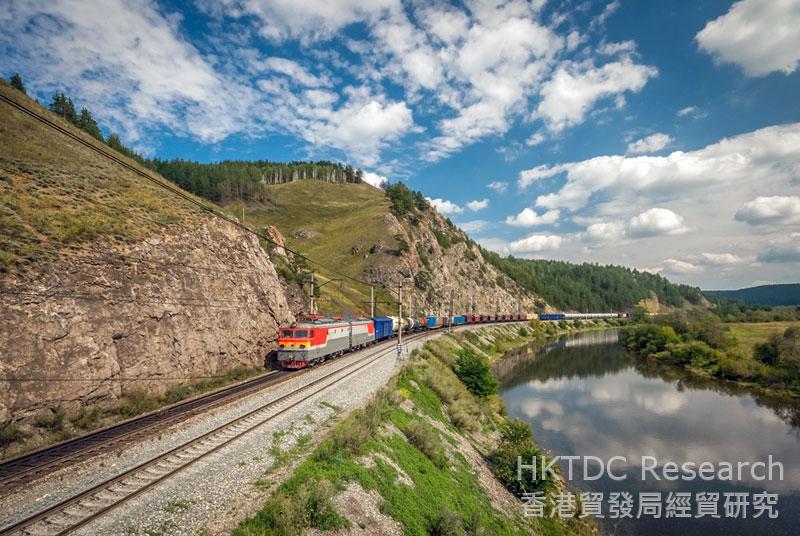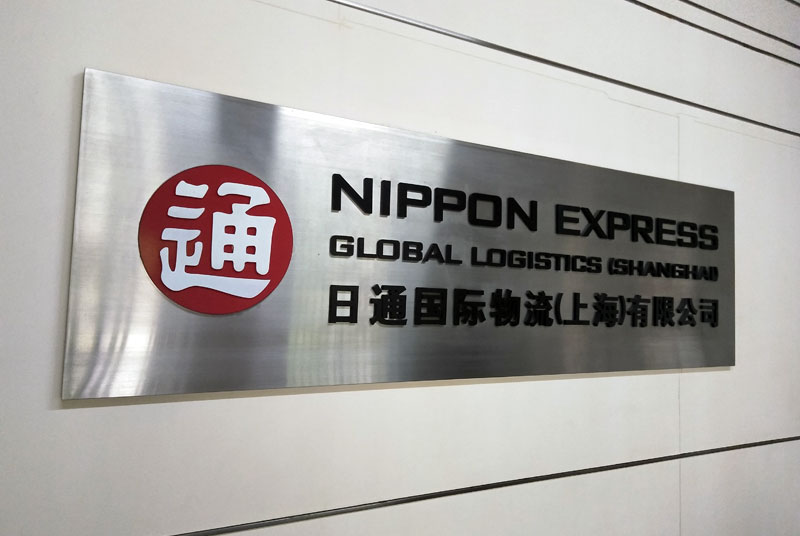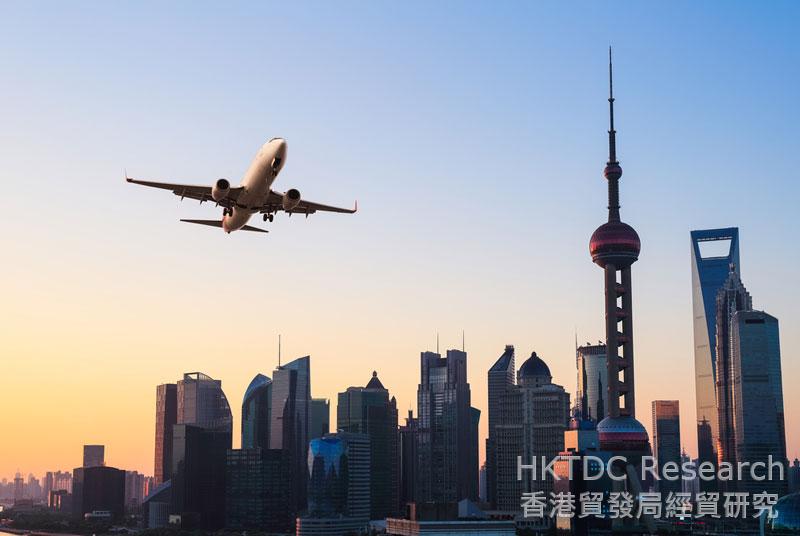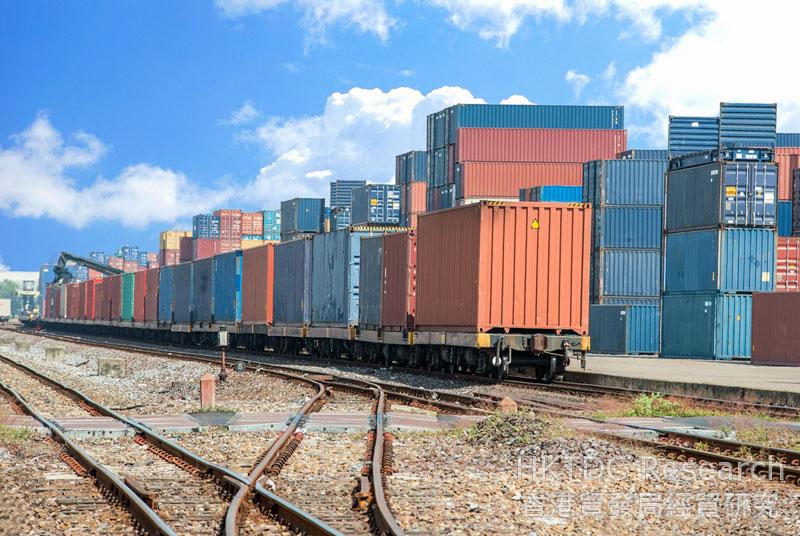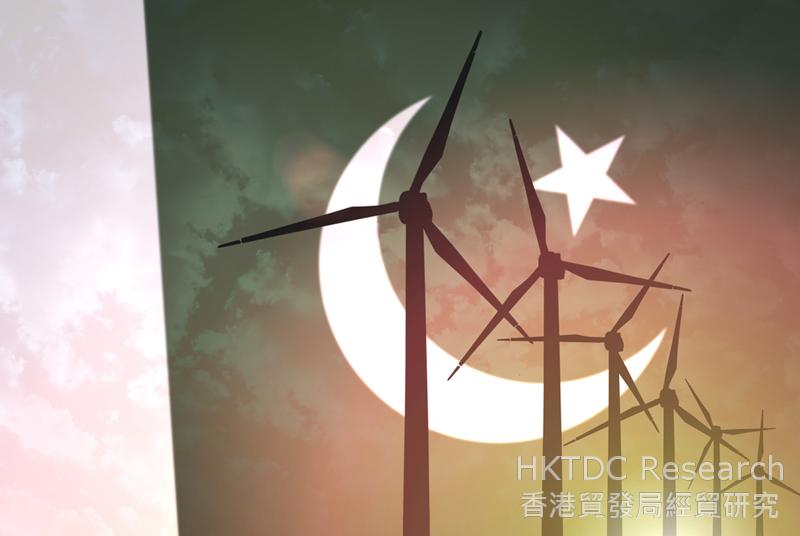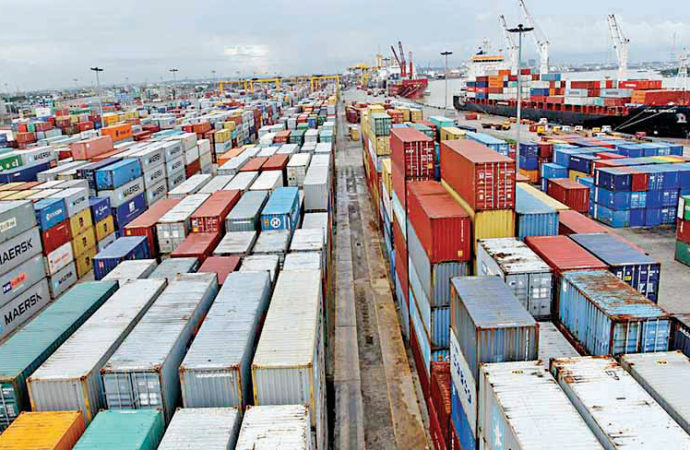Mainland China
China’s Belt and Road and Guangdong-Hong Kong-Macau Bay Area initiatives enhance Alberta’s international diversification push, says the Canadian province’s trade minister. Speaking at a Hong Kong reception for jewellery firm Korite International, Deron Bilous says Alberta sectors like technology, energy, forestry, tourism – as well as gems and jewellery – regard China as a priority, while Hong Kong is an established hub and gateway for China’s big initiatives.
Speaker:
Deron Bilous, Alberta Minister of Economic Development and Trade
Related Links:
Hong Kong Trade Development Council
http://www.hktdc.com
HKTDC Belt and Road Portal
http://beltandroad.hktdc.com/en/



Hong Kong has been chosen as the Asian hub for Canadian rare resource and jewellery company Korite International Inc. The Alberta-based company controls nearly all of the world’s resources of ancient Ammonite fossils and the jewellery made from them, Ammolite. Korite’s CEO Martin Bunting said Hong Kong’s world-beating trade shows and location offer huge regional potential, with connections to the Belt and Road and Guangdong-Hong Kong-Macau Bay Area initiatives.
Speaker:
Martin Bunting, CEO, Korite International Inc
Related Links:
Hong Kong Trade Development Council
http://www.hktdc.com
HKTDC Belt and Road Portal
http://beltandroad.hktdc.com/en/



China is actively promoting economic and trade co-operation with countries and regions along the Belt and Road routes. This includes expansion of the China-Europe Railway Express (CR Express) network running between the Chinese mainland and Europe, providing express rail freight as an alternative to sea and air transport.
Since the 2011 launch of the CR Express service from Chongqing in western China to Duisburg in Germany, freight volume has risen considerably. Not only are western region Chinese manufacturers making greater use of CR Express trains to replace Europe-bound sea freight, coastal cities in the eastern region are also launching railway services, one after another.
Against this backdrop, logistics companies have begun to integrate rail freight services with sea and air networks in order to provide a more comprehensive international logistics service to clients. For example, Nippon Express (Shanghai) Co Ltd[1], a Japanese-funded company located in the Waigaoqiao Free Trade Zone, plans to provide rail freight services to Europe through the CR Express lines running from China’s coastal and inland cities. This is intended to support Nippon Express clients in capturing trade development opportunities between China and Europe, as well as the BRI. (For further details, see Leveraging CR Express to Tap “Belt and Road” Markets.)
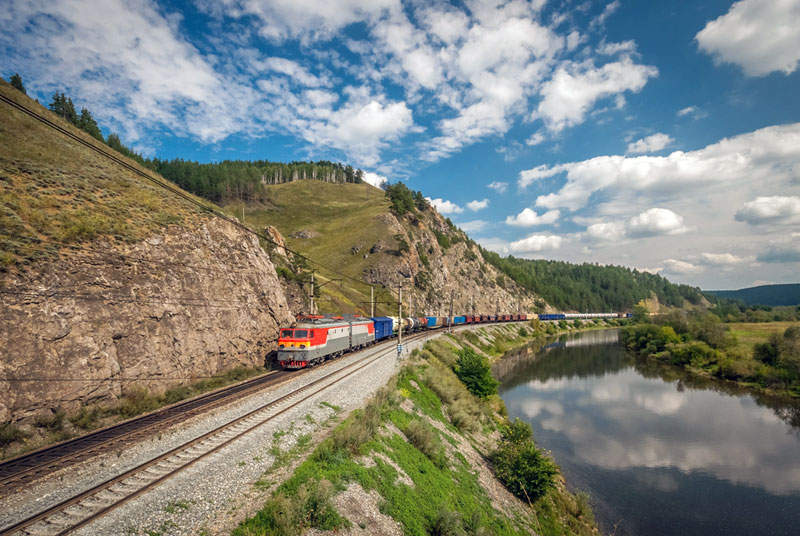
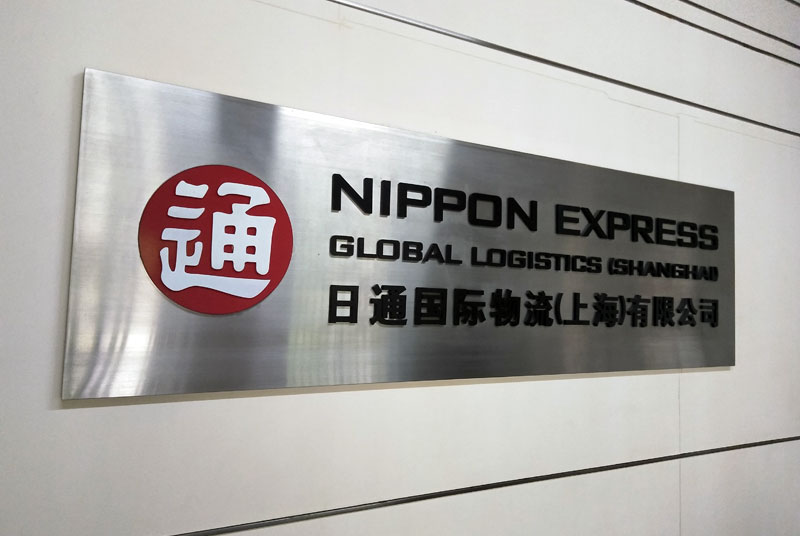
Nippon Express (Shanghai)’s parent company is Nippon Express Group (NE Group), a global logistics company, providing comprehensive logistics and supply chain management and related services. It serves the Chinese market through international transport networks in the Yangtze River Delta (YRD) and Hong Kong.
According to the NE Group, it is necessary to keep up to date with mainland economic development and trade policies. It has, therefore, actively set up logistics operating points in various bonded areas and pilot free trade zones to provide clients with faster and more convenient services through customs facilitation. The group also uses Hong Kong facilities to support the mainland network to optimise logistics. It relies on Hong Kong to handle financial dealings and investment, as well as manage its information technology for the East Asia region.
Seizing opportunities presented by the rapid development of rail freight through the CR Express network in recent years, NE Group is targeting higher-value goods from the coastal and western regions of China to Europe. As freight trains between the mainland and Asia as well as Europe are on the increase, the group plans to launch a rail freight service between Japan and Europe via the mainland in 2018, providing Japanese clients with an alternative to sea and air.
Under the current trend of industrial transformation and upgrade on the mainland, many high-tech or high-value-added enterprises have become more demanding of logistics services. For example, most electronics manufacturers require logistics providers to have specialised logistics facilities and valuables storage systems for handling higher-value goods, enabling reduced shipping time. In view of this, some logistics service providers, such as NE Group, have not only upgraded logistics facilities to meet client requirements, but have also integrated sea and air freight with the CR Express network. This takes advantage of the relatively fast service and convenient customs clearance offered by the CR Express.
At present, areas served by the CR Express network have already been expanded from the mainland’s western region to the YRD and other coastal cities. CR Express is less costly than airfreight. While not as cheap as sea transport to Europe, it is faster and therefore suitable for higher added-value and shorter life span goods. Suitable items include machinery, high-value electronics, and fast-moving consumer goods where a short delivery lead time is more important than transport costs. Undoubtedly, the CR Express would provide an additional cost-effective option to enterprises with time sensitive shipping needs.
Capitalising on China’s promotion of Belt and Road development, the NE Group has taken the lead among Japanese freight agencies, providing logistics solutions to Europe through the CR Express network since 2016. Its service area has already expanded to cover 14 mainland cities and six European cities. With an intermodal rail freight service from Shanghai or Shenzhen to Europe, it has also integrated with European transport networks to expand coverage.
NE Group has recently launched sea-rail and air-rail multi-modal freight services in Japan, Taiwan and Korea, with the CR Express network at the core. A brand-new logistics service has also been introduced, where the fastest freight transport from Japan to Germany could be completed in 23 days.
Note: For details of the company interviews conducted jointly by HKTDC Research and the Shanghai Municipal Commission of Commerce, please refer to other articles in the research series on Shanghai-Hong Kong Co-operation in Capturing Belt and Road Opportunities.
[1] Nippon Express Shanghai was interviewed jointly by HKTDC Research and the Shanghai Municipal Commission of Commerce in Q1 2018.
Editor's picks
Trending articles
Modern logistics aims at providing efficient freight services and comprehensive solutions by charting the best freight course in the light of all factors to meet the needs of clients from various industries. In respect of air freight, not only should the transportation speed and shipping cost be taken into consideration, but steps must also be taken to ensure timely delivery to client specified destinations. A customised professional air freight logistics solution is particularly important to enterprises engaged in high-value and high-tech operations with a short production process and delivery cycle.
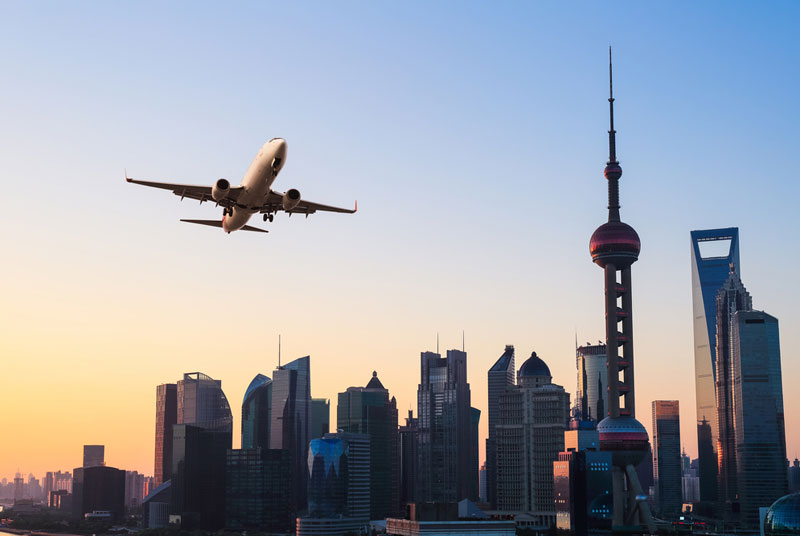
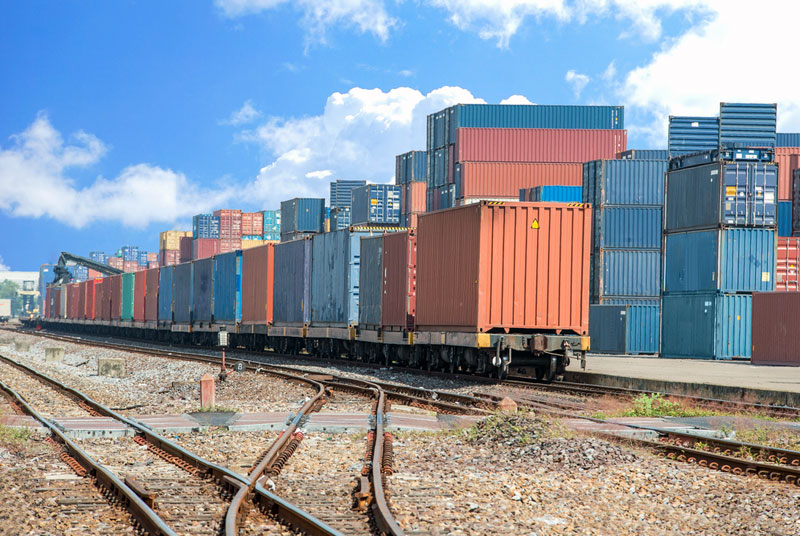
In an interview[1] with Best Loader Logistics (Shanghai) Co Ltd, its representative pointed out that logistics service providers should fully understand the specific requirements of their clients, including the cargo types, trading terms, senders’ preparation of goods and related documentation, as well as the required port arrival time. A comparison can then be made with the pricing and freight schedules of different contractors (such as shipping companies, airlines, truck companies or rail operators), as well as the port service and customs clearance process of customs declaration, inspection and quarantine at the destinations. Only upon consolidation of all factors can the best logistics solutions and contingency budgeting be drawn up for the clients to provide precise, safe, timely and cost-effective freight logistics services.
Businesses operating in the Yangtze River Delta, Pearl River Delta and other regions may come from different positions on the supply chain, and their import and export operation may involve different locations, giving rise to different logistics requirements. When logistics service providers on the mainland are to customise the freight routes and transportation modes for their clients on the basis of cost-effectiveness, they should take into account various factors. These include the characteristics of different product types, such as dangerous goods and temperature-sensitive goods, the facilitation measures of different ports, their customs clearance speed for different product types, and the convenience of local logistics and distribution services for the mainland and international markets. If service providers lacking a comprehensive network only rely on a single port for completing the customs clearance process, they can hardly provide efficient and comprehensive logistics services for a wide range of businesses on the mainland.
Take Best Loader Logistics as an example. With its headquarters set up in Hong Kong, the company is supported by a global flight information system and a comprehensive network of airlines in contract. It has operating bases in multiple locations, including Shanghai, Guangzhou, Shenzhen and Hong Kong to offer freight services by air, sea, rail and multimodal transport facilities.
Apart from providing round-the-clock global air freight import and export services with customs clearance support at Pudong International Airport in Shanghai, it also taps into the markets of Southeast Asia, India, the Middle East and other regions along the Belt and Road routes through its network in South China. It has also set up an air freight service platform for its two international trading routes serving the mainland and Hong Kong. Warehousing and supporting services are also provided in multiple areas to satisfy clients’ day-to-day logistics needs, such as the use of integrated or exclusive freight loads and the handling of specific goods that are oversize/overweight.
Note: For details of the company interviews conducted jointly by HKTDC Research and the Shanghai Municipal Commission of Commerce, please refer to other articles in the research series on Shanghai-Hong Kong Co-operation in Capturing Belt and Road Opportunities.
[1] Best Loader Logistics was interviewed jointly by HKTDC Research and the Shanghai Municipal Commission of Commerce in Q1 2018.
Editor's picks
Trending articles
US$57 billion of Belt and Road Initiative funding is set to help remedy Pakistan's chronic energy shortages.

The selection of Karachi, Pakistan's largest city, as the location for the 17th World Wind Energy Conference and Exhibition (held earlier this month) was far from random. Over recent years, Pakistan has invested heavily in wind-power, while also enlisting Chinese backing, under the Belt and Road Initiative (BRI) framework, in order to bring its new environmentally-friendly facilities online.
As a result, in September 2017, the country's National Electric Power Regulatory Authority announced that the share of wind power in the nation's overall energy mix had increased by 0.46% to 1.23%. This has ensured that the country is well on track to meet its 2030 target of having 5% of its overall electricity derived from wind-power, a goal set back in 2006.
Pakistan's ambitious energy-development program has been driven by its long-overdue need to address its chronic electricity shortfall. Although the bulk of its enhanced supply is expected to be derived from domestic coal reserves, the development of wind, solar and hydro sources has also been prioritised in recent years. This has been spurred by growing environmental awareness in the country and, crucially, a steady fall in the cost of renewable-energy generation.
The first commercial wind project in the country came online in 2009 as part of the initial development phase of the Jhimpir Wind Power Plant. The project was overseen and managed by Zorlu Energy Pakistan, a subsidiary of Turkey's Zorlu Enerji. With additional wind turbines coming into operation, the plant's capacity reached 56.4MW in July 2013, all of which was fed into the country's national grid.
To date, though, this is a seen as only scratching the surface in terms of what could ultimately be delivered. Set in the Gharo-Jhimpir Wind Corridor, a 180km strip of coastal land, the Pakistan Meteorological Department sees the facility as having the potential to produce up to 11,000MW of wind-derived electricity.
Following the success of this first plant, a number of additional wind-power projects were swiftly commissioned. By the end of 2015, according to the Alternate Energy Development Board (AEDB), the Pakistani government's renewable-energy agency, there were more than 40 wind-energy projects under development across the country. Once online, they are expected to contribute about 2,050MW to the national grid. By mid-2017, 13 such projects had become operational, representing a net grid contribution of 200MW.
Subsequently, once the China-Pakistan Economic Corridor (CPEC) – one of the key BRI conduits – was established, some US$57 billion of mainland funding was earmarked for investing in the development of Pakistan's infrastructure, with much of this allocated to energy-related projects. Of these, four wind-farm investments were prioritised – Sapphire Wind Power Plant, Sachal Wind Farm, Dawood Wind Farm and Jhimpir Wind Farm.
The first of these to be completed was the 52.8MW Sapphire Wind Power Plant, which became operational at the end of November 2015. Beijing-headquartered HydroChina, a subsidiary of the Power Construction Corporation of China, was the lead contractor on the project, its first such installation in Pakistan.
The company also took the lead on the 50MW Sachal Wind Farm, which came online in April 2017 and is, again, based in the Jhimpir Wind Corridor. The farm is owned by Sachal Energy, a wholly-owned subsidiary of the Arif Habib Corporation, one of Pakistan's leading investment groups. Debt financing was provided by the Industrial and Commercial Bank of China (ICBC) and the estimated cost of the project was $134 million.
The third priority project, the 50MW Dawood Wind Farm, was developed on tidal flats near the city of Banbhore, about 80km east of Karachi. Also coming online last April, the project was backed by a $78.8 million ICBC credit line, while its turbines came courtesy of Guangdong's China Ming Yang Wind Power Group in association with Aerodyn Energiesysteme, a German wind-power specialist. The final project – the UEP 100MW Jhimpir Wind Farm – was also developed by HydroChina. Following investment of about $250 million, it became operational in June last year.
At present, there are nine more Chinese-backed wind-power projects at various stages of completion across Pakistan. Once operational, they will feed an additional 445MW into the country's national grid.
Geoff de Freitas, Special Correspondent, Karachi
Editor's picks
Trending articles
AliExpress logistics centre set to be built close to country's border with Germany as overall e-commerce levels soar.

Poland is set to be the site of major new AliExpress logistics centre, serving its host country as well as online shoppers in neighbouring Germany and the Czech Republic. The new centre is to be a joint venture between the Alibaba-owned online marketplace, the Shanghai-headquartered Worldwide Logistics Group (WWL) and ATC Cargo, a multi-modal Polish freight delivery company.
The move is seen as recognition of AliExpress' success in building its customer base in eastern and central Europe. Although Allegro – Poland's take on eBay – remains the most popular e-commece site in the new centre's host country, the Chinese online platform has made huge strides in terms of building market share and consumer awareness. As a sign of this, in an October 2017 survey conducted by PayU, the Dutch fintech company, AliExpress was namechecked by 62% of Poland's online shoppers when they were asked to identify e-commerce market leaders.
Another factor in the choice of Poland as the site of the new centre is its strategic geographical advantage with regard to the aims of the Belt and Road Initiative (BRI), China's ambitious international infrastructure development and trade facilitation programme. This would see Poland function as the primary land conduit between China and the mega-markets of Europe, particularly Germany's 81-million strong consumer base. As a wider acknowledgement of the country's geographical advantages, Amazon has already begun work on its own US$876 million logistics facility in Szczecin, a city in northwest Poland set close to the German border.
One of the advantages of the new AliExpress facility is that, for the first time, it will allow businesses in the region to buy goods in small batches rather than by the container-load, as has been the previous practice. It will also help to manage the increased traffic between China and Poland, with some 500,000 parcels handled in 2017, a 200% increase on the previous year.
One negative aspect of this increased throughput, however, is that the huge surge in the volume of trade has spurred moves by the Polish government to clamp down on VAT avoidance on the part of the country's e-shoppers. Poland, unlike most other European countries (with the exception of France), does not waive the duty on imported e-commerce items valued at up to $55. To date, though, the Polish treasury has taken no action to enforce payment on such items.
In light of the increasingly large sums involved, however, actions are now being taken to ensure that such payments are processed. The most likely solution will see buyers permitted to specify the value of each delivery online, with the government's own system verifying this with the relevant e-commerce platform.
● In other moves, the Polish Financial Supervision Authority (KNF) has now signed a fintech cooperation agreement with the Hong Kong Monetary Authority (HKMA). This will see the two bodies working together on a range of fintech-related research projects, while also facilitating a wider exchange of information, mutual consultation and a greater overall level of knowledge and expertise interchange.
Anna Dowgiallo, Warsaw Consultant
Editor's picks
Trending articles
US$1.7 billion of Chinese backing set to deliver Karnaphuli Tunnel Project, a key Belt and Road component.
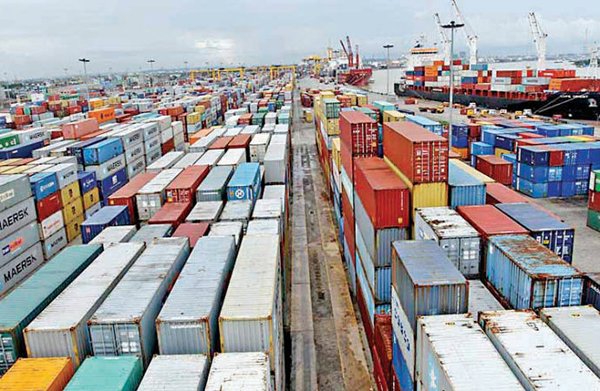
Construction work on the China-backed Karnaphuli Multi-Channel Tunnel Project in southern Bangladesh is now well under way. The tunnel is seen as a key component in several projects related to the Belt and Road Initiative (BRI), China's ambitious international infrastructure development and trade facilitation programme. Once completed, the tunnel will connect the port city of Chittagong to the far side of the Karnaphuli river, the site of a new Chinese economic zone.
Due to be completed in 2020, the tunnel will slash the travel time between Chittagong and Cox's Bazar, one of the country's leading tourist destinations, and ease the heavy congestion on the existing two bridges across the river, while also connecting-up with the Korean Export Processing Zone and Shah Amanat International Airport. It will also feed into two other projects that are currently under way – the Asian Highway and the Dhaka-Chittagong-Cox's Bazar Highway.
At present, it looks as if all of the required funding for the tunnel is now in place. According to government sources, US$1.02 billion of initial backing was secured from the China Exim Bank, with a further $663 million facility – repayable over 20 years at an interest rate of 2% – subsequently confirmed. The outstanding balance was then provided by the Bangladesh government.
The project has been jointly managed by the Bangladesh Bridge Authority (BBA) and the China Communication Construction Company, with the Hong Kong branch of Ove Arup & Partners providing additional design and technical support. With a total length of 9km – of which 3.4km will run below the river – it will be the first tunnel in Bangladesh to facilitate simultaneous road and rail transit.
The tunnel is just one of a range of China-backed projects currently underway in the region. Foremost among these is the Special Chinese Economic Zone – formally known as the Anwara 2 Economic Zone – which was officially established in June last year following the signing of a Memorandum of Understanding (MoU) between the Bangladesh Economic Zones Authority (BEZA) and the China Harbour Engineering Company (CHEC).
According to Paban Chowdhury, BEZA's Executive Chairman, the zone will have the capacity to house 150-200 industrial units and will focus on a range of different industrial sectors, including shipbuilding, pharmaceuticals, electronics, agro-business, IT, chemicals, power and textiles. With up to 75,000 jobs set to be created, the zone will not exclusively rely on Chinese businesses, with Chowdhury saying: "As per our initial agreement, while Chinese investors will get preferential treatment, other local and overseas businesses will also be welcome."
In the case of both the tunnel and the economic zone, their success is heavily reliant on the Chittagong port's facilities being substantially upgraded. The port currently handles a staggering 92% of Bangladesh's ocean freight, with the country's surging economy seeing the required throughput growing by about 14% a year.
The port, however, is heavily silted and extremely congested, while also lacking the depth required for the current generation of tankers. As a result, it is widely accepted that a deep-water port upgrade is a priority for the country.
Over recent years, though, attempts to implement such an upgrade have fallen foul of a series of international disagreements. Back in 2010, China agreed to put up the money for the port's expansion, as well as for the development of a deep-water port on the nearby Sonadia island. Then, in February 2016, in something of an abrupt about-turn, the project was scrapped in favour of a Japanese-funded port development at nearby Matarbari, the proposed site of a massive coal-fired power station.
Such wrangling, however, has not lessened Bangladesh's strategic significance to the overall BRI project. The country is a key component of the proposed Bangladesh-China-India-Myanmar corridor (BCIM), one of the programme's six priority routes.
Overall, Bangladesh is also seen as a vital conduit between the semi-industrialised ASEAN countries and the highly populated Indian sub-continent. Its strategic location between South Asia and Southeast Asia also makes it an essential link in the BRI's mission of trans-regional integration.
Geoff de Freitas, Special Correspondent, Dhaka
Editor's picks
Trending articles
With the Lower Sesan Two Dam just the latest Cambodian beneficiary of BRI funding, further collaborations await.

As the waters of the Lower Sesan Two Dam began to rise last month, it marked the completion of just one of the many Belt and Road Initiative (BRI) projects currently underway in Cambodia. While China and Cambodia have a long history of co-operation, the BRI – the mainland's ambitious infrastructure development and trade facilitation programme – has taken this to new heights, particularly with regard to power generation.
Sesan Two is just the latest in a series of hydropower projects, largely built in collaboration with China, that have transformed Cambodia's energy landscape. The country has long suffered from a severe electricity shortage and, with its power generation largely fueled by diesel oil, its per watt prices have been among the world's highest. With its booming manufacturing economy sending demand growing by 18% a year, a large-scale hydropower development plan was seen as a priority as far back as 2003.
Even in those pre BRI-days, China recognised the strategic importance of nurturing the economic development of its near-neighbour. As a consequence, mainland businesses have long-bankrolled the development of Cambodia's hydropower sector.
In 2006, Sinohydro invested about US$280 million in such projects, while Sinomach and China Gezhouba jointly provided funding of around $540 million in 2008, with Huadian Power adding in another $580 million in the same year. More recently, China Huaneng, via its HydroLancang subsidiary, injected $410 million into the Sesan Two project. The outstanding costs of this $977 million project were then jointly met by Vietnam's EVN International and the Royal Group, one of Cambodia's largest investment-oriented conglomerates.
At present, seven of the hydropower facilities already online feed into the country's national grid, with a further two installations servicing more local power requirements. By the end of the year, when it is fully-operational, Sesan Two will have an annual capacity of 400MW, making it the country's largest single hydropower source.
As a result of the programme, electricity generation has soared across the country, sending prices tumbling. In 2014, when the hydro plants of Stung Tatai (246MW) and Lower Stung Russei Chrum (338MW) plants came online, the country's total level of hydropower-sourced energy soared by 82%, rising from 1,015.54 million kWh in 2013 to 1,851.60 million kWh. Despite such massive steps forward, the hydropower programme is still seen as in its infancy, with many more installations planned.
Despite the clear benefits to the country in terms of more affordable and more readily-accessible power, the hydropower programme has not been without its critics. Indeed, the Mekong River Commission (MRC), a regional advisory body, has warned that any further expansion of the sector could actually impair Cambodia's economic development.
More specifically, the MRC sees further hydropower developments as likely to result in a 70% drop in lake and floodplain fisheries production across the Mekong basin areas. This, it says, could see Cambodia's GDP drop by between $3 billion and $5 billion for the period 2020-2040.
On top of such dire prognostications, others have maintained that the economic argument in favour of further hydropower development may actually be fundamentally flawed. In particular, the steady decline in solar power costs – a technology that has a far lower environmental impact – is seen as making it an increasingly viable alternative.
Perhaps sensing a likely change in national and international sentiment on this front, last December saw China's Hengtong Optic sign a $200 million BRI-related deal with the Inner Renewable Energy (Cambodia) Company. This will see the businesses jointly develop two solar-powered 100-MW generating plants.
Geoff de Freitas, Special Correspondent, Phnom Penh
Editor's picks
Trending articles
The Hong Kong University of Science and Technology is playing a key research role for Belt and Road Initiative opportunities, says HKUST’s Albert Park. Co-presenting a series of market insight seminars, Professor Park says the HKUST’s Business School has a major collaboration with overseas academics while as founding member of the Asian Universities Alliance it is promoting two-way partnerships with Belt and Road countries and opportunities in Hong Kong.
Speaker:
Albert Park, Director, HKUST Institute for Emerging Market Studies
Related Links:
Hong Kong Trade Development Council
http://www.hktdc.com
HKTDC Belt and Road Portal
http://beltandroad.hktdc.com/en/



The Hong Kong University of Science and Technology (HKUST) is leading a five-year study to reduce the effects of landslides, including among China’s Belt and Road countries. HKUST’s Charles Ng says the multi-disciplinary, multinational study includes student participation in developing a world-leading standard of landslide barriers for “export” to many countries.
Speakers:
- Charles Ng, Chair Professor, Civil and Environmental Engineering, HKUST
- George Goodwin, UK Student
- Kelvin Au, Hong Kong Student
- Hengdu Liu, Chinese mainland Student
- Rafa Tasnim, Student from Bangladesh
Related Links:
Hong Kong Trade Development Council
http://www.hktdc.com
HKTDC Belt and Road Portal
http://beltandroad.hktdc.com/en/



 450 Views
450 Views